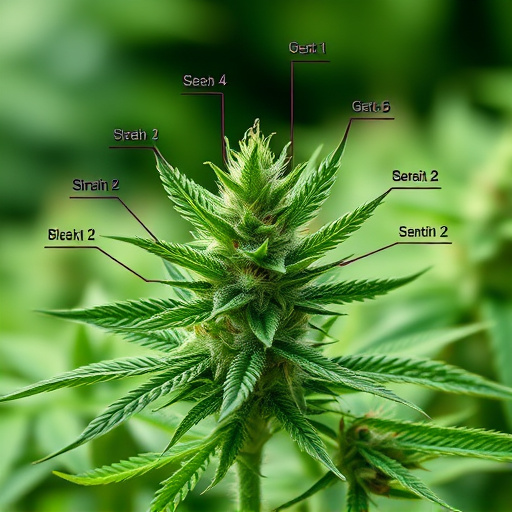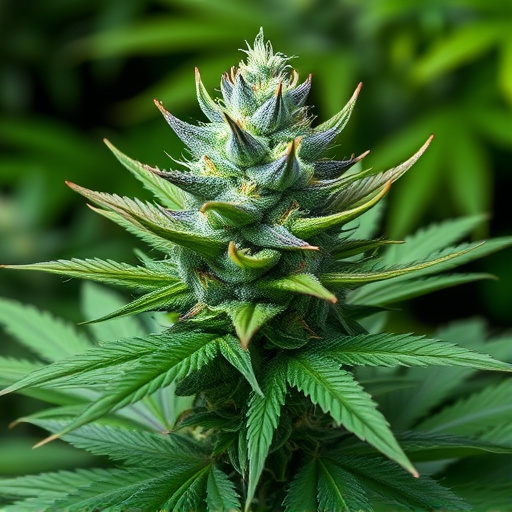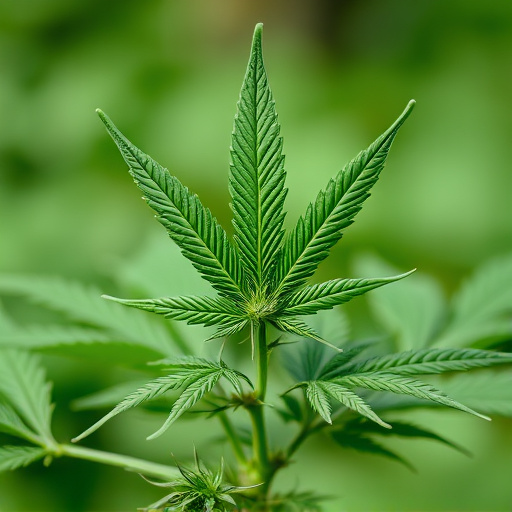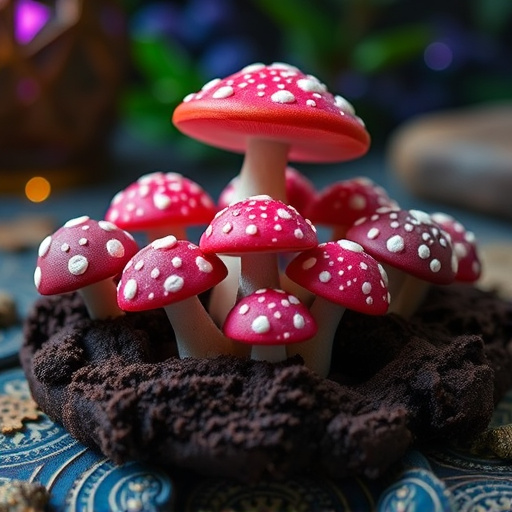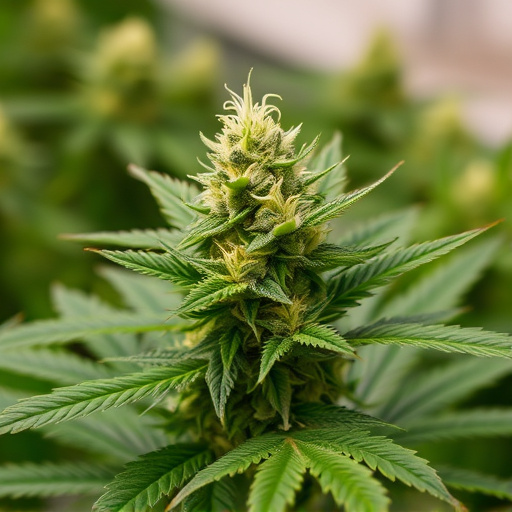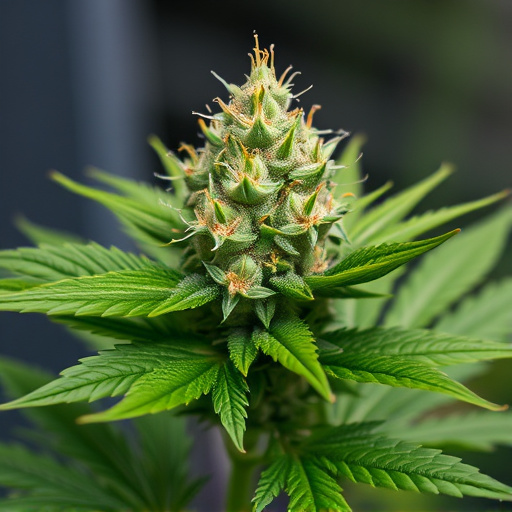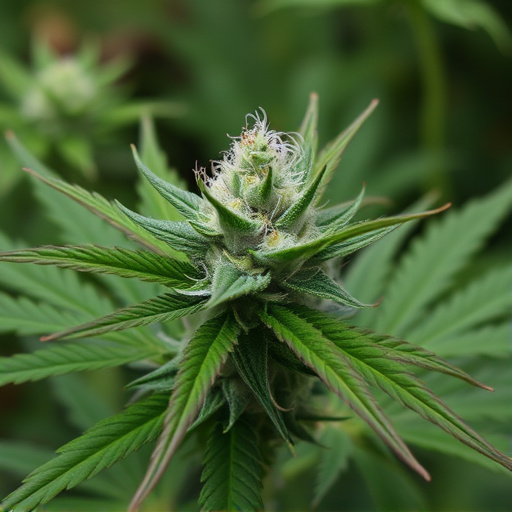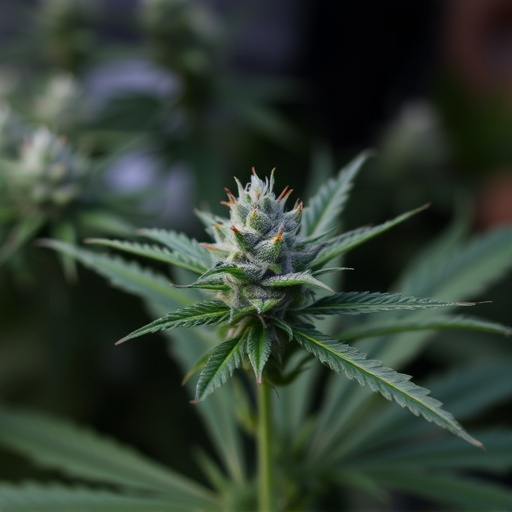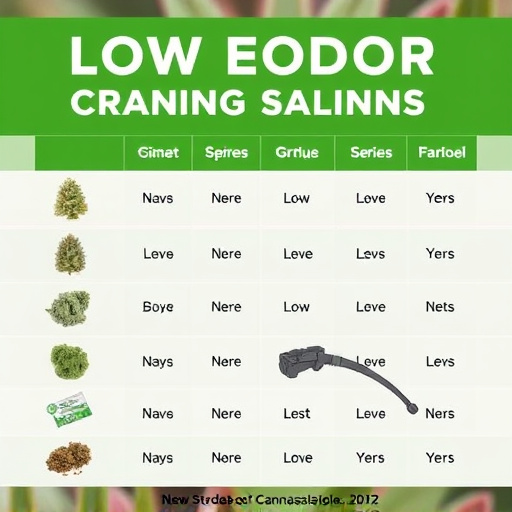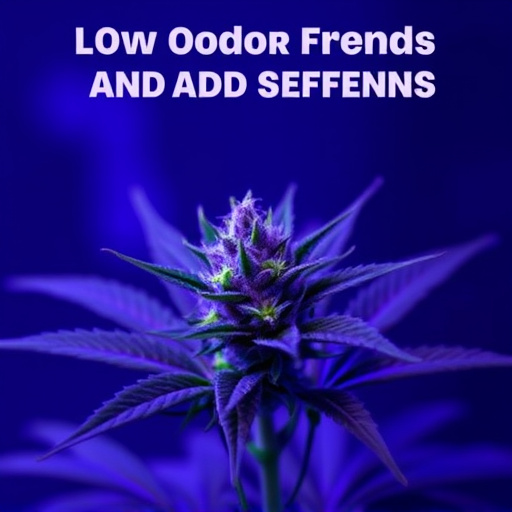Trichomes, tiny hair-like structures on cannabis plants, are key indicators of potency and quality. They protect essential oils and terpenes, and their maturity reveals valuable compounds like THC, CBD, terpenes, and flavonoids. Low odor cannabis strains, popular among consumers seeking discreet experiences, owe their unique characteristics to specific trichome profiles cultivated by breeders. By minimizing volatile compounds responsible for strong smells, these strains offer potent therapeutic benefits without overwhelming scents. Cannabis breeders enhance potency and create desirable low odor strains through genetic selection and environmental controls targeting optimal trichome density and maturity.
In the ever-evolving world of cannabis, understanding trichomes is key to unlocking the true potential—or should we say potency—of different strains. These tiny, hair-like structures act as guardians, protecting and producing cannabinoids and terpenes that define a plant’s unique characteristics. This article delves into the intricate world of trichomes, exploring their impact on cannabis potency, particularly in the context of low odor cannabis strains. Unraveling their secrets promises to enhance our appreciation for this remarkable plant.
- Understanding Trichomes: The Tiny Guardians of Cannabis Potency
- Low Odor Cannabis Strains: A Closer Look at Trichome Composition
- Maximizing Potency: The Role of Trichomes in Strain Development
Understanding Trichomes: The Tiny Guardians of Cannabis Potency
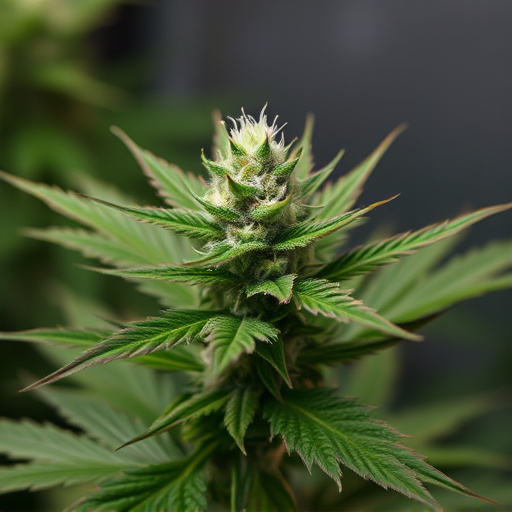
Trichomes, those tiny hair-like structures that coat the surface of cannabis plants, are often overlooked but play a pivotal role in determining the potency and overall quality of the final product. They act as guardians, protecting the plant’s essential oils and terpenes from environmental factors and providing a measure of the flower’s strength. These microscopic guardians are especially important for low odor cannabis strains, which have been bred to minimize their scent while retaining high levels of cannabinoids.
Within the trichomes lies a treasure trove of compounds responsible for cannabis’ therapeutic effects and distinctive aromas. As they mature, trichomes secrete various chemicals, including terpenes, flavonoids, and most notably, cannabinoids like THC and CBD. The concentration and diversity of these compounds directly impact the plant’s potency, making trichome analysis an essential tool for growers and consumers alike to assess the quality and potential benefits of a particular cannabis strain, especially those low odor varieties that offer a discreet yet potent experience.
Low Odor Cannabis Strains: A Closer Look at Trichome Composition

Low odor cannabis strains have gained popularity among consumers seeking discreet, subtle experiences. A significant factor contributing to these strains’ unique characteristics is their trichome composition. Trichomes, small glandular hairs that cover the plant’s surface, play a crucial role in aroma and potency. In low odor strains, specific trichome profiles are cultivated to minimize volatile compounds responsible for strong, distinct smells.
Researchers have found that certain terpenes, aromatic compounds produced by trichomes, can significantly impact the olfactory profile of cannabis. By carefully controlling terpene levels and choosing parent plants with minimal odor-producing traits, cultivators create low odor strains. This approach ensures that consumers can enjoy the therapeutic benefits of cannabis without being overwhelmed by intense scents.
Maximizing Potency: The Role of Trichomes in Strain Development
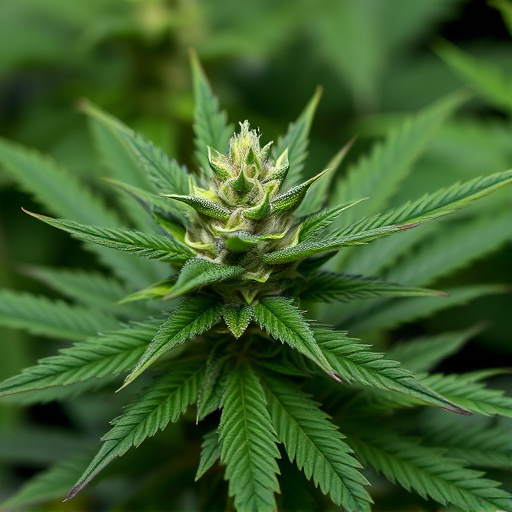
Maximizing potency is a key goal for cannabis breeders, and an often-overlooked aspect in this pursuit is the role of trichomes. These tiny, hair-like structures found on the surface of cannabis plants play a significant part in determining the strain’s overall strength. Trichomes secrete essential oils and cannabinoids, with higher concentrations leading to more potent effects. By carefully cultivating and selecting strains with robust trichome development, breeders can create low odor cannabis strains that offer enhanced potency.
In strain development, maximizing trichome density and maturity is crucial. Breeders focus on genetic selection and environmental controls to encourage the production of sticky, resinous trichomes. This process not only boosts cannabinoid levels but also contributes to the creation of unique flavor profiles and aromatic characteristics, ensuring a more desirable product for consumers seeking potent and flavorful experiences.
In conclusion, trichomes play a pivotal role in determining the potency and unique characteristics of cannabis strains, including those known as low odor cannabis strains. By understanding their composition and function, breeders can maximize potential, offering consumers a diverse range of high-quality products. Trichomes are truly the unsung heroes of the cannabis world, contributing to both the science and art of strain development.
